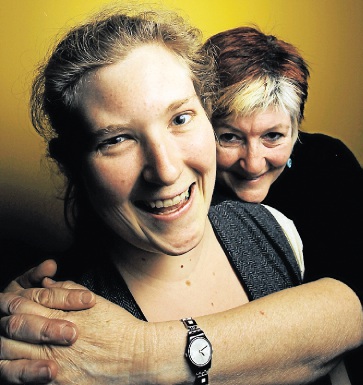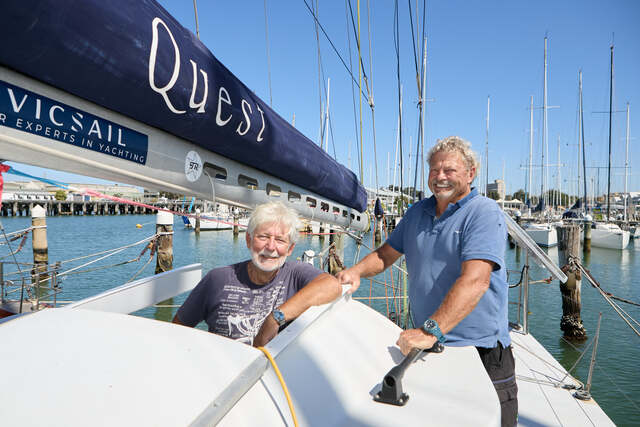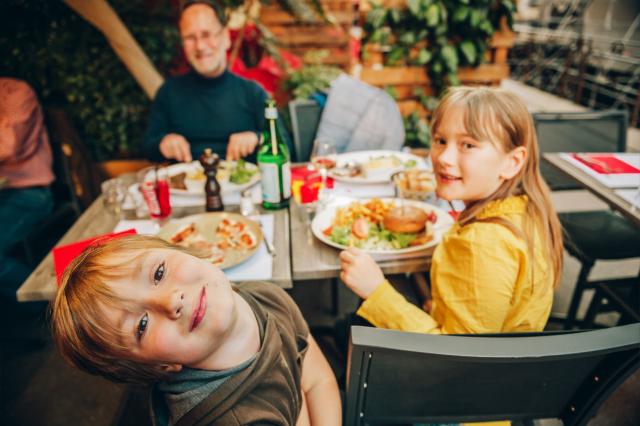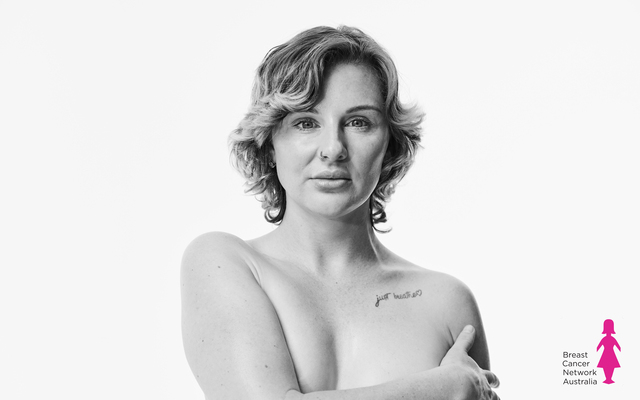A RARE disorder has been linked to autism, according to the mother of Victoria’s only known adult sufferer.
Seaholme resident Maree Kinniburgh, whose daughter has a disorder of the corpus callosum (DCC), said diagnoses in babies were booming thanks to improvements in medical technology.
Abbie Kinniburgh, a 22-year-old student at Footscray’s Victoria University, is one of five known adults in Australia with DCC. She has been diagnosed with a partial agenesis of the corpus callosum (ACC).
The corpus callosum is a structure in the middle of the brain which transfers information between the two hemispheres.
According to Professor Linda Richards, of the Queensland Brain Institute, “scientists have identified over 60 genes that are important for formation of the corpus callosum in mice, but we have not yet translated this knowledge into understanding how the corpus callosum forms in human beings”.
She said malformation could result in deficits in social interaction, and problems with language development, sleep, reading, writing and memory.
“More severe cases can have deficits in sensory and motor processes, where children don’t learn to walk or have visual or hearing impairments.”
Ms Maree Kinniburgh, who is the vice-president of a new support group called Australian Disorders of the Corpus Callosum (AusDoCC), said the Royal Children’s Hospital had more than 70 babies diagnosed with DCC.
She said improvements in medical technology, such as MRI scans, had resulted in more babies diagnosed with the disorder. “Babies are being picked up even in utero with missing corpus callosum.”
Ms Kinniburgh said leading US researcher Elliott Sherr, after two years of study, was finding links between autism and DCC.
“I think the link to autism is going to be huge.
“When Abbie was growing up they used to say, no, autism is a behavioural condition and you have a physical defect. And they diagnosed her with non-verbal learning disorder at one stage . . .
“We’ve since found out that kids in America get an autism diagnosis because they’re going to get funding. Abbie’s never been tested for autism, but she has some of the traits and she would probably come out on the [autism] spectrum.”
Ms Kinniburgh said similar traits included Abbie “not liking things changing, not looking people in the eye, just doing one thing at a time, not understanding jokes and humour and taking things literally, and not liking to be touched.
“Her neuropsychiatrist said he’s just going to run her through the [autism] questionnaire next session because we haven’t ever accessed anything because she hasn’t fitted the group, whereas if she’d got on the autism spectrum we might have been able to do some social skills training which she should have had earlier.
“ACC is a very distinct disorder on its own which needs recognition and has had virtually none in the past in Australia.”
Abbie was accidentally diagnosed with DCC when she was two.
“At birth, they diagnosed her with adrenal hypoplasia — she wasn’t growing,” Ms Kinniburgh said. “Then they did an MRI when she was two — and MRIs were really new then — but that was to see whether her pituitary was working and it wasn’t there.
“And when they discovered that, they also mentioned that she had dysgenesis of the corpus callosum.
“The doctor was over from England; he actually wrote on the letter, there was a study in England with six patients who have both those conditions and they’re all mentally retarded but Abbie seems to be doing all right. That was what he actually wrote.
“He went back to England and everyone ignored the ACC because the pituitary stuff was . . . life threatening.”
Abbie said the AusDoCC support group would help parents whose babies were just being diagnosed.
“I think it definitely will because we need more knowledge about it,” she said.
“Most people haven’t heard of it. The easiest way to describe it is it’s similar to autism.”







